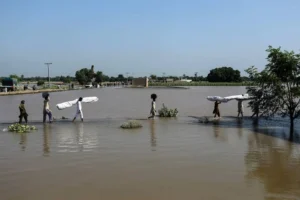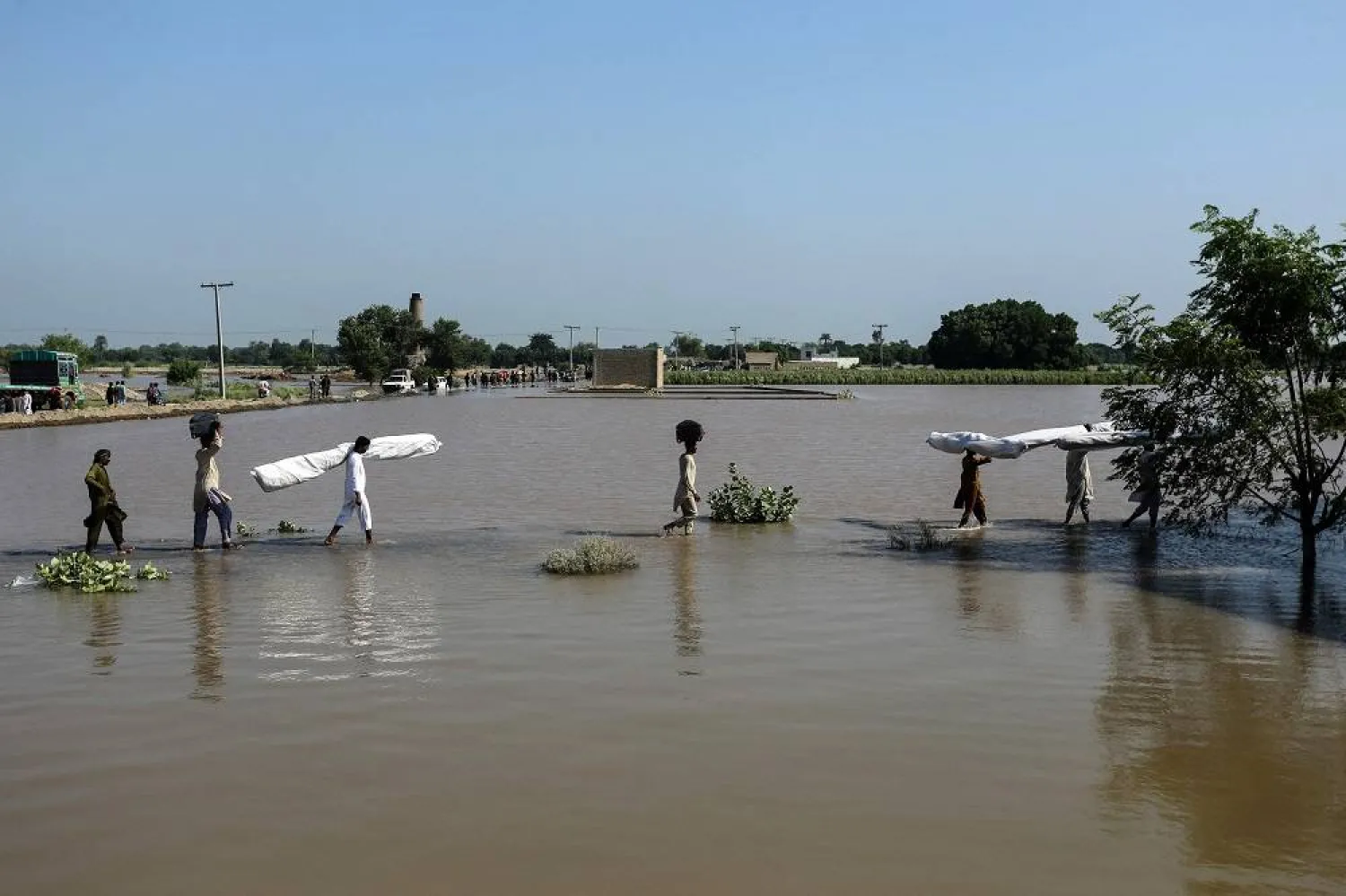In a major relief for communities across the province, Punjab Rivers Return to Normal after weeks of heavy rains and monsoon challenges. The Director General of the Provincial Disaster Management Authority (PDMA) confirmed that river levels have subsided to safe ranges, easing fears of flooding and bringing much-needed calm to affected regions.
Weeks of Monsoon Challenges
This year’s monsoon season was stronger than initially forecast. Record rainfall in several districts left rivers swelling dangerously, forcing authorities to remain on high alert. Villages near the Ravi, Chenab, and Sutlej rivers reported rising water levels during peak rainfall days. At the time, rumors of potential evacuations spread quickly, and residents braced themselves for possible flood emergencies.
Thankfully, the situation never escalated to the catastrophic levels seen in prior years. With careful management, constant monitoring, and timely weather alerts, authorities managed to minimize risks, and now Punjab Rivers Return to Normal, easing pressure on vulnerable communities.
Confirmation from PDMA
On Saturday, the DG PDMA reassured the public that all major rivers across Punjab were now flowing within safe capacity. The official statement emphasized that water inflows and outflows are being closely recorded at barrages, ensuring no unexpected surge goes unchecked.
The announcement that Punjab Rivers Return to Normal comes as a source of hope for farmers, traders, and residents. For weeks, agricultural workers feared crop losses due to possible river spills, while traders worried about disrupted road connectivity. With the rivers stabilizing, both sectors are breathing easier.
Economic Implications
The economy of Punjab heavily depends on agriculture, and water levels directly influence harvest outcomes. A swollen river often leads to flash flooding, destroying standing crops. Farmers cultivating rice, sugarcane, and maize particularly feared autumn losses during the peak of monsoon showers.
Now, as Punjab Rivers Return to Normal, optimism is returning across rural areas. Farmers are resuming work with renewed confidence, and experts predict that the agriculture sector is set to avoid significant damages this year. This stability is expected to contribute positively to food supply chains and market prices.
Lessons from the Past
Flooding in Punjab is not new. In past years, swollen rivers have caused widespread displacement, destroyed homes, and damaged infrastructure worth billions. The worst-hit areas have often included riverine communities living with minimal safety nets.
The relief that Punjab Rivers Return to Normal also serves as a reminder of the progress made in disaster preparedness. PDMA’s role in issuing early warnings and distributing emergency kits kept residents alert and better prepared than in some previous years. Officials acknowledge, however, that more work is needed in long-term resilience.
Environmental and Climate Dimensions
Experts argue that while the recurrence of strong monsoon rains is natural, the scale of seasonal damage has worsened in recent decades due to climate change. Erratic rainfall patterns and heavier-than-usual downpours test the limits of river systems.
Environmentalists caution that even though Punjab Rivers Return to Normal, climate threats still loom large. Improved riverbank reinforcements, better drainage systems, and planned urban development are needed to minimize risks in future seasons.
Community Relief and Local Reactions
Residents across Punjab expressed relief at the announcement. Shops that had shuttered during peak monsoon weeks reopened with renewed business. Villagers who kept livestock safe on higher grounds finally returned to regular schedules. Many families who avoided serious inundations this year shared gratitude for the timely interventions of disaster authorities.
On social media, the news that Punjab Rivers Return to Normal spread quickly, accompanied by hopeful messages and prayers of thanks. For many, the return of rivers to safe levels marks more than just a shift in water flow — it is a symbolic closure to weeks of anxiety and sleepless nights.
Government’s Role and Future Strategy
Authorities emphasized that while the immediate danger is over, continued monitoring will remain a priority until the dry season fully arrives. The PDMA highlighted its coordination with irrigation departments, rescue teams, and local administrations as a key reason losses were under control this year.
Policymakers are also exploring new frameworks for disaster risk reduction. Plans for better embankments, advanced monitoring technology, and public awareness campaigns are already under review. Even as Punjab Rivers Return to Normal, the government acknowledges the importance of sustained investment in infrastructure to weather future monsoon tests.
The Human Side of the Story
Behind every news announcement lies the lived reality of ordinary people. Families who spent weeks watching river levels with fear can finally relax. Children are returning to schools after attendance dropped during peak rainfall days. Markets are regaining rhythm, and transportation routes that were briefly at risk are back to function.
For the farming community, the return of stability is not just economic but emotional. Harvest-ready crops in fields across the province represent months of effort, and seeing them safe after the floods subsided brings relief that words can barely capture.
Looking Ahead
Though this monsoon season concludes on a positive note, experts warn that climate unpredictability could make future years more challenging. The declaration that Punjab Rivers Return to Normal should not create complacency. Instead, it should be seen as an opportunity to strengthen long term measures in disaster preparedness.
With better planning and cooperation between government, citizens, and environmental specialists, Punjab can aim to shield its people from large scale flooding in years to come. The focus now shifts toward building resilience before the next round of heavy rains begins.
Conclusion
In conclusion, the announcement that Punjab Rivers Return to Normal provides a welcome sense of relief across the province. Communities can now return to daily life, farmers can safeguard their crops, and businesses can operate steadily again. While challenges remain for future seasons, this milestone shows the strength of coordinated management between agencies and citizens. It also highlights the enduring resilience of Punjab’s people, who continue to rise above natural challenges year after year.

















